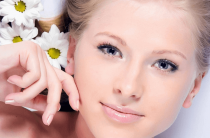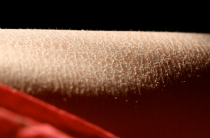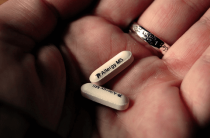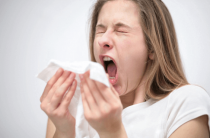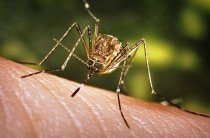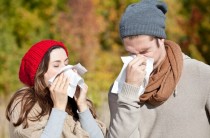Not every person is able to enjoy the flowering of spring trees, the riot of summer meadows or the bright colors of autumn. Impressions are often spoiled by seasonal allergies. It is a protective reaction of the immune system to a number of irritants from the external environment that can occur during the warm season. Pollinosis, which is what physicians call seasonal allergies, develops due to intolerance by the body of components and various parts of plants.
Symptoms of seasonal allergies
The disease can manifest itself in radically different forms: in some patients it manifests itself as a slight deterioration in well-being, while in others the picture develops rapidly, with a full range of symptoms and complications. It is always necessary to start treatment in a timely manner, since the disease tends to quickly turn into a severe form, and new generation drugs can prevent this process.
Main manifestations
With seasonal allergies, the respiratory organs, eyes and skin are affected:
- Rhinitis of an allergic nature occurs when pollen gets on the delicate mucous membrane of the nasopharynx. Itching appears in the nasal passages, the release of a copious secret. Patients complain of nasal congestion, frequent sneezing. The process can escalate and subside throughout the flowering season of the allergen plant if antihistamines are not used.
- With conjunctivitis, the eyes turn red, itchy and constantly watery. Usually there are complaints about the sensation of a foreign body in the eye.
- Rashes on the skin are of a different nature: from finely punctate to blister-like. Itching on the skin often provokes irritation.
There are also more severe manifestations of seasonal disease. One of the most dangerous is bronchial asthma. It is characterized by periodic bouts of shortness of breath. Also, the general well-being of patients often suffers: they become irritable, suffer from insomnia, and their performance decreases.
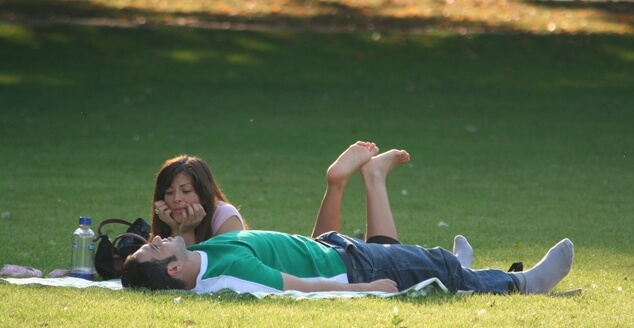
Pollinosis or SARS?
Since a seasonal allergic reaction is mainly characterized by manifestations in the form of rhinitis and conjunctivitis, patients often confuse it with SARS. The following table will distinguish between these diseases.
| hay fever |
SARS |
|
|
Causes
Seasonal allergies are one of the most common diseases on the planet. Approximately one in five suffers from this disease. In the course of numerous studies, scientists have found that the disease often has a hereditary nature. If the genes are to blame, then the allergy manifests itself in the first years of the baby's life.
In cases where the first episode of a seasonal allergic reaction occurs in adulthood, one of the following factors can provoke it:
- The presence of other types of allergies (pollinosis can occur against the background of a change in the protective reactions of the body, which can be provoked by other reactions - to food, cosmetics, household chemicals);
- Deterioration of environmental conditions;
- The presence of production factors;
- Diseases of the bronchi and lungs of a chronic nature;
- A serious weakening of the immune system against the background of inflammatory or infectious processes in the body.
Pollen components
The main cause of seasonal allergies is pollen particles. About 50 subspecies of grasses, shrubs, trees and flowers can cause hay fever in humans. They are ubiquitous. In a small proportion of patients, reactions to rare plants are detected.
Seasons
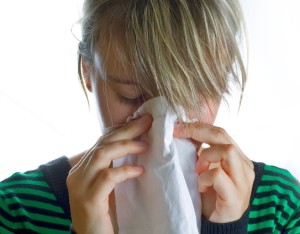 Symptoms of an allergy to flowering directly depend on the time of year. Naturally, there are no manifestations in the cold period. With the onset of spring, the disease rages, so that by the middle of summer it subsides somewhat, and by autumn it reaches its peak again. In the spring months, the allergens are the color of birch, hazel, maple, plane tree, and in summer those who do not tolerate the pollen of cereals, meadow grasses, wild and garden flowers suffer the most. At the end of summer - autumn, weeds bloom profusely - quinoa, ragweed, wormwood and others.
Symptoms of an allergy to flowering directly depend on the time of year. Naturally, there are no manifestations in the cold period. With the onset of spring, the disease rages, so that by the middle of summer it subsides somewhat, and by autumn it reaches its peak again. In the spring months, the allergens are the color of birch, hazel, maple, plane tree, and in summer those who do not tolerate the pollen of cereals, meadow grasses, wild and garden flowers suffer the most. At the end of summer - autumn, weeds bloom profusely - quinoa, ragweed, wormwood and others.
Weather
Depending on the weather, the well-being of allergy sufferers may vary. When it rains outside, the pollen gets wet and stays on the ground, so patients feel much better. But when there is wind and heat outside, the pollen dries up, becomes light and quickly transported through the air, penetrating into the premises. Due to constant contact with allergens, manifestations are exacerbated - rhinitis, conjunctivitis.
Similar manifestations are allergic to mold. Fungal spores travel easily with the help of gusts of wind. This type of disease can be year-round (this is the main difference from an allergy to flowering plants), since mold is not a seasonal phenomenon. It is formed in damp rooms, and from there it enters the human body.
Diagnostics
The diagnosis is made on the basis of a patient interview, an analysis of the clinical picture, compared with the flowering calendar of plants in the area. It is very important to collect a family history, as seasonal allergies are among the hereditary diseases. To identify the allergen, you can use the following methods:
- Endonasal or / and conjunctival provocative tests;
- Test using microinjection;
- Inhalation test of provocative type;
- Scarifying skin tests;
- Analysis for the presence of specific antibodies, IgE.
All these methods, except for immunological analysis, are carried out outside the period of allergy exacerbation. If it is necessary to identify the cause of the reaction during the flowering of the plant, then analyze the eosinophilia in the nasal secretion, which is a non-specific sign.
The stages of diagnosing seasonal allergies are as follows:
- General research methods (blood, sputum analysis);
Instrumental examination of the broncho-pulmonary system and nasal sinuses; - Allergy tests (outside the flowering season);
- Consultations of narrow specialists (dermatologist, ENT, immunologist, pulmonologist).
Seasonal Allergy Treatment
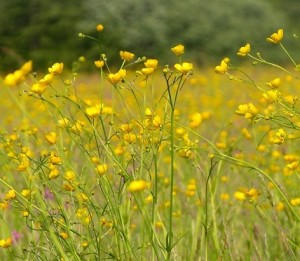 Therapy is carried out not only during periods of exacerbation, but also outside the season to exclude exacerbations. When an allergen plant blooms, local and systemic antihistamines are used. Modern antihistamines, which belong to a new generation, do not affect the nervous system, and are also not addictive. The action of such medicines is characterized as prolonged, so it is enough to use them once or twice a day.
Therapy is carried out not only during periods of exacerbation, but also outside the season to exclude exacerbations. When an allergen plant blooms, local and systemic antihistamines are used. Modern antihistamines, which belong to a new generation, do not affect the nervous system, and are also not addictive. The action of such medicines is characterized as prolonged, so it is enough to use them once or twice a day.
If the expected effect is absent, then glucocorticosteroids are prescribed. These drugs are hormonal, and therefore quickly help relieve swelling, eliminate itching and inflammation. Of course, hormone therapy is not recommended for a long time.
Specific immunotherapy as a treatment method
This technique consists in introducing minimal doses of an allergen substance into the patient's body. Gradually, he has to readjust to the right job. After the use of specific immunotherapy, the condition of patients improves significantly. The effect lasts for several years, and in some cases, seasonal allergies no longer bother a person. A prerequisite is the conduct of procedures under the strict supervision of a doctor. The age of the patient should not exceed 50 years.
Preventive measures
- During the flowering period of allergen plants, it is necessary to use air-purifying filters, tightly close windows and doors to the apartment;
- When walking, wear sunglasses;
- After returning from the street, the eyes, nose, face are thoroughly washed, and the throat is also rinsed;
- Wet cleaning of the house is carried out once a day;
- Clothes are washed after each walk;
- Follow a hypoallergenic and cleansing diet;
- Do not forget to take antihistamine tablets with you (Suprastin or Tavegil).
